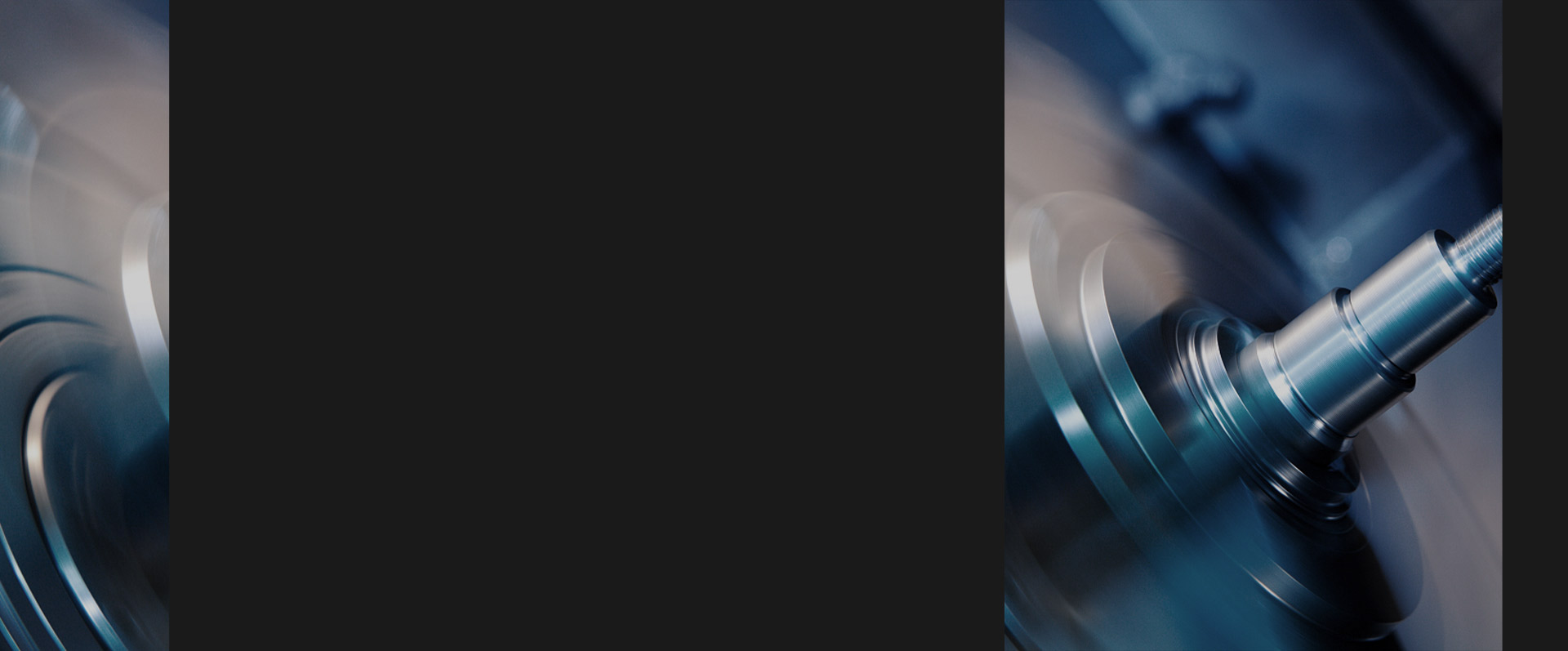Stainless Steel CNC Machined Parts Specifications
| Aluminium | Al6061, Al6063, Al6082, Al7075, Al2024, Al5052, A380, etc. |
| Stainless Steel | SS201, SS301, SS303, SS304, SS316, SS416, etc. |
| Steel | Mild Steel, Carbon Steel, 4140, 4340, Q235, Q345B, 20#, 45#, etc. |
| Brass | C35600, C36000, C37700, C37000, C37100, C28000, C26000, C24000, C22000, etc. |
| Copper | C11000, C12000, C12200, C10100, etc. |
| Iron | 20#, 45#, Q235, Q345, Q3458, 1214, 12L14, 1215, etc. |
| Plastic | POM, Peek, PMMA, ABS, Delrin, Nylon, PVC, PP, PC, etc |
| Stainless Steel | Brushed and Polishing, Passivating, Sandblasting, Laser engraving, Gold Plating Etc. |
| Steel | Zinc plating, Oxide black, Nickel plating, Chrome plating, Carburized, Powder Coated |
| Aluminium Parts | Clear Anodized, Color Anodized, Sandblast Anodized, Chemical Film, Brushing, Polishing, Powder Coated, Nickel Plated Etc. |
| Plastic | Plating gold (ABS), Painting, Brushing (Acrylic), laser engraving |
What Is Stainless Steel Machining?
Stainless steel machining involves the process of removing material from stainless steel in order to create a desired shape or form. This can involve the use of various tools and techniques, such as turning, milling, drilling, grinding, and sawing, among others.
Stainless Steel CNC Machined Parts Application
One common application is in the aerospace industry, where stainless steel components are used for aircraft engines, landing gear, and other critical parts. This is because stainless steel is strong, lightweight, and resistant to corrosion, which are all important characteristics in aerospace.
Another popular application for stainless steel CNC machined parts is in the medical industry. Stainless steel is often used to create medical implants and surgical instruments because it is biocompatible, meaning it can be safely used inside the human body without causing an adverse reaction.
Stainless steel CNC machined parts are also used in the automotive industry for engine components, exhaust systems, and other high-performance parts. The corrosion-resistant properties of stainless steel make it a popular choice in this industry as well.
There are many other applications for stainless steel CNC machined parts, including in the food and beverage industry, the marine industry, and the construction industry.
High Quality Stainless Parts Properties
1. Corrosion resistance: This is perhaps the most well-known property of stainless steel. It is highly resistant to corrosion caused by environmental factors such as water, air, and chemicals. This makes it an ideal material for quality stainless parts that are used in harsh environments.
2. Strength: Stainless steel is a strong material that can withstand high pressure and temperature. It can maintain its strength even at high temperatures, making it useful in applications that require durability and reliability.
3. Hygiene and Cleanliness: Stainless steel is non-porous and easy to clean. It is also non-reactive and non-toxic, making it ideal for stainless steel parts that are used in medical, pharmaceutical, and food processing industries.
4. Aesthetics: Stainless steel has a sleek and modern appearance that is ideal for products that require an attractive finish.
5. Durability: Stainless steel is a long-lasting material that can withstand exposure to harsh environments, chemicals, and frequent use without degrading or corroding.
Common Stainless Steel Parts Material
Similar to stainless steel stamping parts, the most common material for stainless steel CNC parts is austenitic stainless steel, specifically the 300 series, such as 304 or 316. These alloys offer good corrosion resistance, high ductility, and are relatively easy to machine. Other stainless steel alloys like precipitation-hardening stainless steel and martensitic stainless steel can also be used but are less common due to their higher cost and/or difficulty of machining.


 English
English 











